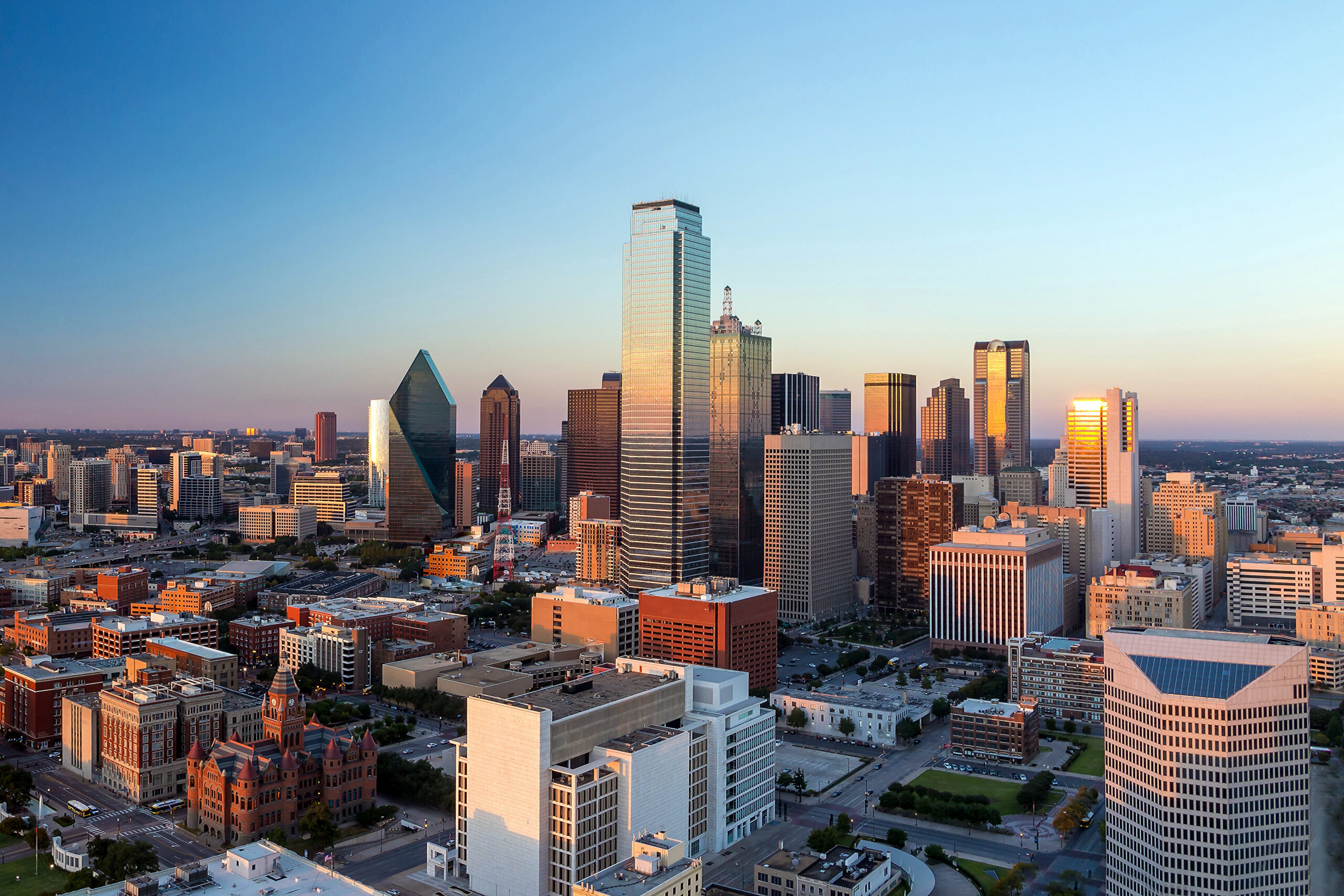Of 16 large U.S. cities, a recent Gallup poll found that people are most likely to consider Dallas and Boston as safe to live in or visit. The headline seems like great news. When the poll was released Monday, Mayor Eric Johnson and other city officials were quick to celebrate. Johnson took a victory lap on Fox News Tuesday morning.
But reading the fine print on this poll is important. Gallup used interviews conducted in July with about 500 people regarding each city, according to the company. About 74 percent said they felt Dallas was a safe place to live or visit. (About 72 percent found Boston safe to live in or visit.)
That’s a lot of context in a simple word problem, says Dr. Timothy Bray, the director of UT-Dallas’ Institute for Urban Policy Research. “If you think about it, the likelihood that any of those 500 people, let alone a substantial chunk of those 500 people, answered from the city of Dallas is incredibly small,” he said. “So this is about what somebody who may or may not have ever been to Dallas is saying, based on their perception of safety in general, and what they’ve seen in the media is that Dallas is safer.”
And, for what it’s worth, the city’s own polling—with a larger sample size of 1,475 respondents—found that 62 percent say the city is an “excellent” or “good” place to live, but only 28 percent found that they were “pleased with the overall direction that the city of Dallas is taking.” Sixty-six percent of Dallasites said their individual neighborhoods were excellent or good places to live.
So how did Dallas find itself at the top of the Gallup poll? Bray says a variety of things could have impacted its placement, like a lack of major headlines about rampant crime in the area.
“One of the things to keep in mind is that this conversation isn’t about crime—it’s about safety. And safety is not an absolute, safety is relative,” he said. “If I live in a high-crime neighborhood in a high-crime city and I see another city on the list that I’ve never heard anything about, it must be safer.”
Gallup also found that partisanship factored into how safe someone perceived a city as being. Democrats and Democratic-leaning independents found all cities safe with the exception of Chicago and Detroit, and believed Seattle and Boston to be the safest. Most Republicans polled only found five cities to be safe—Las Vegas, Miami, Dallas, Boston, and Houston, with Boston and Dallas at the top of the list.
“On average, the party gap today across the 16 cities is 29 percentage points, much greater than the two-point gap in the 2006 poll,” Gallup said.
The Gallup poll also found it less likely for respondents to say that it was safe to live in or visit Chicago or Detroit. Bray noted that both cities tend to be mentioned by talking heads as dog whistles, often couched in coded language that describe cities that have large Black and Latino populations as unsafe.
In the case of Chicago, the preferred dart board of politicians and the media when searching for anecdote around violent crime, statistics are often provided with little context. (This was a favorite rhetorical device of former President Donald Trump, and Vox explored this trend with two experts in 2018.)
A Brookings Institute report from April analyzed four cities—New York, Chicago, Seattle, and Philadelphia—and how people perceived crime and safety versus what is actually happening, particularly in their downtown cores. In short, what people are hearing or reading about crime and safety factors a great deal into their perception of safety.
“This is forcing urban leaders to simultaneously confront rising public safety concerns while grappling with the numerous economic, social, and civic aftershocks of an enormously disruptive three years,” Brookings said. “As local leaders seek to rebuild safe and vibrant downtowns, they must do so without letting the perceptions and politics of crime drive policy and practice.”
That’s something Bray mentioned as well.
“Part of this is the absence of negative news, and better marketing,” he said. And, circling back to the statistical likelihood that the 500 people surveyed actually live in Dallas, he points out that visitors to Dallas often see the most sanitized version of the city, too.
“They’re staying at the Omni and walking through the tunnel to the convention center,” he said. “They’ve been to Klyde Warren, they’ve been to the Arts District. They’ve been to the DMA but they haven’t walked down St. Paul and tried to get on the trains in the West End station at 10 at night.”
While the survey results don’t exactly say what everyone thinks they’re saying, Bray is quick to add that he’s also not yucking Dallas’ yum.
“This is a marketing win,” he said. “It may or may not be a crime policy win, but it’s definitely a marketing win. I don’t want to poo-poo this, it’s good. It’s great. It’s a PR victory. But it doesn’t mean what many people are construing it to mean. We are not objectively safer—we’re perceived to be safer than all the other cities, and it’s a great thing for VisitDallas.”
Author






